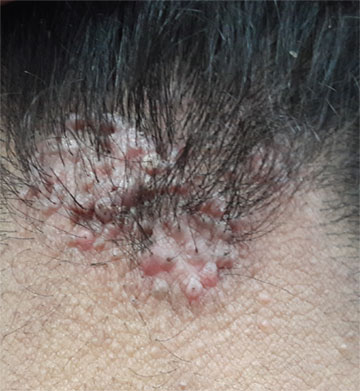By Ted Rosen, MD, FAAD, Editor-in-Chief
ATOPIC DERMATITIS
When compared to other agents used for atopic dermatitis severe enough to warrant systemic therapy (methotrexate, cyclosporine, and mycophenolate), DUMILUMAB was associated with an increased relative risk of conjunctivitis but lowered relative risk for serious infection.
TO READ MORE: Schneeweiss MC. Dupilumab and the risk of conjunctivitis and serious infection in patients with atopic dermatitis: A propensity score-matched cohort study. J Am Acad Dermatol. 2021;84(2):300-311.
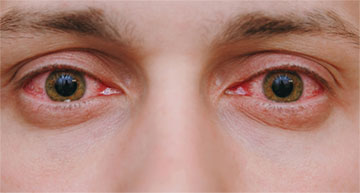
INFECTIOUS DISEASES
A man working in Philadelphia returned to Oregon and developed fever, night sweats, a red and swollen ankle, peripheral monocytosis, and lab evidence of both renal and hepatic dysfunction. Serologic evidence implicated LYME DISEASE, ANAPLASMOSIS, AND BABESIOSIS and he improved only with triple antibiotic therapy.
TO READ MORE: Grant L, et al. One man, three tick-borne illnesses. BMJ Case Rep. 2021;14:e241004. doi:10.1136/bcr-2020-241004 (Editor’s note: Message: tick-borne diseases can be acquired in groups.)

The “AZOLE MENACE” refers to the multifactorial rise of azole-resistant dermatophytes, yeasts, and molds now prevalent in India and Southeast Asia. This largely depends on human misuse and mismanagement of antifungal drugs, as well as natural mutations encoding for efflux pumps and altered targets.
TO READ MORE: Sonthalia S, et al. “Azole menace”-An underappreciated trigger perpetuating the epidemic of antifungal therapeutic failure in cutaneous mycoses. Dermatol Ther. 2021;e14959. doi: 10.1111/dth.14959
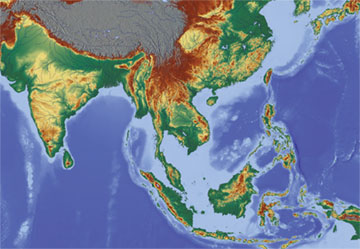
While ACRO-ISCHEMIC LESIONS have recently been described in association with adult COVID infection, it is important to remember that Epstein-Barr and parvoviruses can also cause such lesions. Systemic lupus can also produce a similar clinical picture.
TO READ MORE: Clawson RC, et al. Management of a child vs an adult presenting with acral lesions during the COVID-19 pandemic: A practical review. Cutis. 2021;107:139-142.
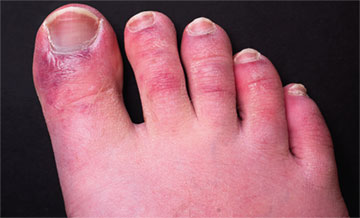
Although not considered a first-line therapeutic intervention, MOHS MICROGRAPHIC SURGERY can be utilized to successfully manage deep-tissue fungal infections, such as phaeohyphomycosis or mucormycosis. An average of 2.29 layers were required for complete clearance and systemic antifungal drugs were frequently administered. All existing literature cases were reviewed.
TO READ MORE: Zargham H. Beyond skin tumors: a systematic review of Mohs micrographic surgery in the treatment of deep cutaneous fungal infections. Dermatol Surg. 2021;47(1): 94-97.
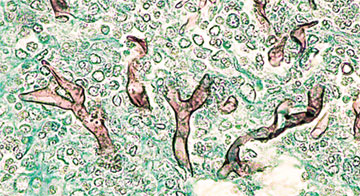
RHEUMATOLOGIC DISEASE

COSMETIC DERMATOLOGY
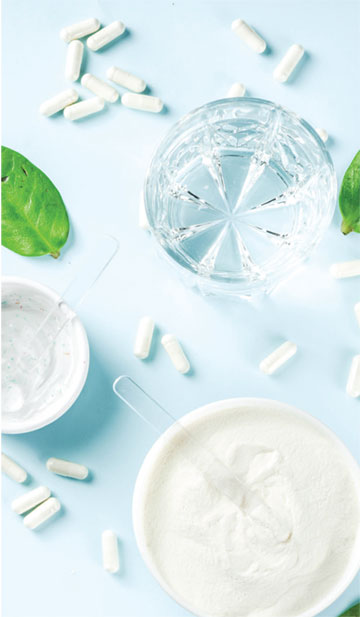
A 5-year survey (2015-2019) using Google Trends software indicated widespread and increasing consumer interest in ORAL COLLAGEN SUPPLEMENTS. You should be aware of these products, as patients will likely inquire about their safety and efficacy.
TO READ MORE: Albornoz CA, et al. Understanding aesthetic interest in oral collagen peptides: A 5-year national assessment. J Cosmet Dermatol. 2021;20:566–568.
In a relatively small (N=60) Iranian study of ANDROGENETIC ALOPECIA, biweekly scalp microneedling to a depth of 0.6 mm plus the daily application of 5% minoxidil lotion was more efficacious at inducing hair regrowth than minoxidil alone or minoxidil plus microneedling to a depth of 1.2 mm. Both men and women, aged 18-45, with moderate to severe AGA were studied.
TO READ MORE: Faghihi G, et al. Microneedling in androgenetic alopecia: comparing 2 different depths of microneedles. J Cosmet Dermatol. 2021;20(4):1241-1247.
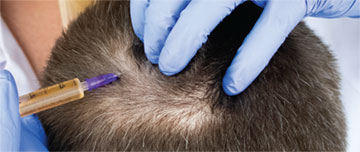
‘EYEBROW EMBROIDERY’ or microblading is a technique of semi-permanent tattooing used on the eyebrows to create, enhance, or reshape their appearance. Warning: it can cause Koebnerization, such as with vitiligo discussed in this article, even though the wounding is very superficial.
TO READ MORE: Tierney E, Kavanagh GM. Koebnerization secondary to microblading. J Cosmet Dermatol. 2021;20(4):1040-1041.
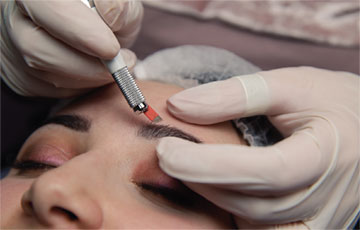
PSORIASIS
In a head-to-head prospective study, BIMEKIZUMAB (inhibits both IL17A and IL17F) was compared to SECUKINUMBAB (inhibits IL17A only). Bimelizumab was not only non-inferior but actually superior when PASI100 was measured at both 16 and 48 weeks of therapy. The only downside was that oral candidiasis occurred more frequently with bimekizumab (19.3%) compared to seculinumab (3.0%).
TO READ MORE: Reich K, et al. Bimekizumab versus seculinumab in plaque psoriasis. N Engl J Med. 2021, April 23. doi: 10.1056/NEJMoa2102383
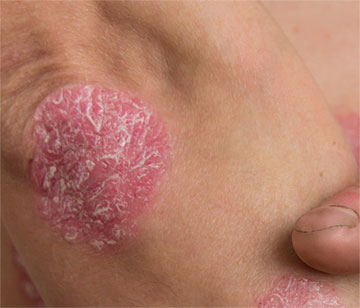
In another head-to-head prospective study BIMEKIZUMAB, (inhibits both IL17A and IL17F) was compared to ADALIMUMAB (inhibits TNF-alfa). Bimelizumab was not only non-inferior but actually superior when PASI90 was measured at both 16 and 56 weeks of therapy. The only downside was that oral candidiasis and diarrhea occurred more frequently with bimekizumab.
TO READ MORE: Warren RB, et al. Bimekizumab versus adalimumab in plaque psoriasis. N Engl J Med. 2021, April 23. doi: 10.1056/NEJMoa2102388
CUTANEOUS ONCOLOGY, SURGERY, AND LASERS
A retrospective cohort analysis of 4062 adults with NONMETASTATIC, T1A-T2A MELANOMA treated with Mohs surgery at Commission on Cancer–accredited facilities disclosed an improved survival and 30% reduction in mortality at academic and large-volume institutions.
TO READ MORE:Cheraghlou S, et al. Association of treatment facility characteristics with overall survival after Mohs micrographic surgery for T1a-T2a invasive melanoma. JAMA Dermatol. 2021, March 31. doi: 10.1001/jamadermatol.2021.0023
(Editor’s note: Identification of favorable practices of these facilities may help to reduce survival differences between centers.)
In a randomized trial of 200 patients, general surgeons who wore CLEAR MASKS(allowing for facial visualization) were rated more empathetic, more understandable, and more trustworthy than when the same surgeons wore standard facial coverings. The results suggest that not seeing the face may have negative consequences for the surgeon-patient relationship.
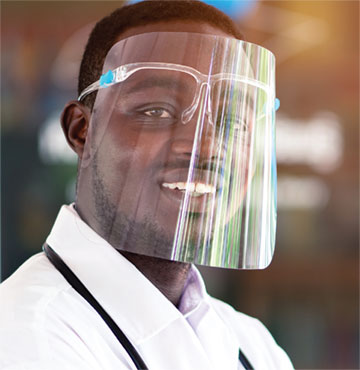
TO READ MORE: Kratzke IM, et al. Effect of clear vs standard covered masks on communication with patients during surgical clinic encounters a randomized clinical trial. JAMA Surg. 2021, March 11. doi:10.1001/jamasurg.2021.0836
(Editor’s note: I wonder if the same thing holds true for dermatological surgery? Or, possibly, for ALL patient encounters?)
Seventy-five consecutive patients whose MOHS SURGERY site was allowed to heal by secondary intention and who were taking an anticoagulant or antithrombotic medication were treated with a post-operative application of 2-octyl cyanoacrylate (Dermabond) prior to application of a pressure dressing. No instances of post-operative hemorrhage were noted during the 2 weeks until the first follow-up visits.
TO READ MORE: Waldman R, et al. A novel approach to the use of 2-octyl cyanoacrylate to reduce postoperative hemorrhage after Mohs micrographic surgery. Dermatol Surg. 2021;47(2):277-279.
DRUGS AND DEVICES
In a comprehensive analysis, the authors found that TETRACYCLINE DERIVATIVES typically cause phototoxic, not photoallergic, reactions. The occurrence of these events depends on skin type, intensity and duration of UVR exposure, and the specific drug. Doxycycline is more likely than minocycline or sarecycline to be implicated.
TO READ MORE: Giulia O, et al. Tetracyclines and photosensitive skin reactions: a narrative review. Dermatol Ther. 2021; May 15. doi: 10.1111/dth.14978
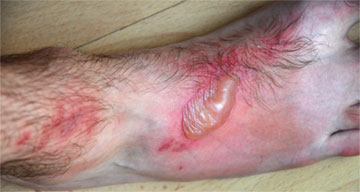
GENERAL DERMATOLOGY
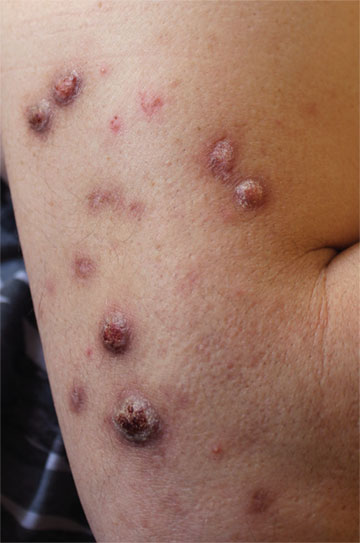
Using insurance claims data to identify patients during a 4-year period (2015–2019), investigators estimate that PRUIGO NODULARIS (PN) has a prevalence of 335,000 in the United States. The mean age is the late 50s with about equal distribution between men and women. What is not widely recognized is that PN is associated with hepatic and renal dysfunction, along with diabetes.
TO READ MORE: Huang HA, et al. Real-world prevalence of prurigo nodularis and burden of associated diseases. J Invest Dermatol. 2020; 140(2):480-483.
A small (N=10) retrospective series of LICHEN PLANUS patients (hypertrophic, papular, and pigmentosus varieties) who had previously failed topical steroids and calcineurin inhibitors and methotrexate were treated with mycophenolate mofetil. Half the patients responded, generally after high doses of MMF (>2000 mg/day) given over at least 9 months.
TO READ MORE: Hrin ML, et al. Mycophenolate mofetil for the treatment of cutaneous lichen planus: A retrospective case series. J Am Acad Dermatol. 2021;84(4):1091-1093.
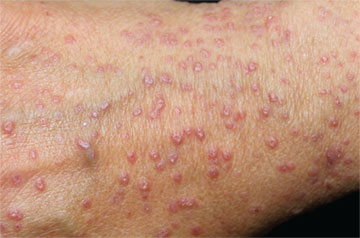
A case report documented rather striking clinical and symptomatic improvement in a case of REFRACTORY LICHEN PLANUS following off-label administration of dupilumab. This may be due to IL-4 blockade.
TO READ MORE: Pousti BT, et al. Dupilumab for the treatment of lichen planus. Cutis. 2021 April;107(04):E8-E10. doi:10.12788/cutis.0232
(Editor’s note: Obviously, confirmatory work remains to be done!)
An Israeli cohort of 2677 individuals with ACNE KELOIDALIS NUCHAE (AKN) was compared with 13,190 age-, gender-, and ethnicity-matched controls. There was a 1.85 times greater risk of hypothyroidism among the AKN patients.
TO READ MORE: Valdman-Grinshpoun Y, et al. Acne keloidalis nuchae and thyroid disease: a population-based cohort study. Int Derm J. 2021;60:466-470.
(Editor’s note: It would be interesting to duplicate this study in an American black cohort.)
